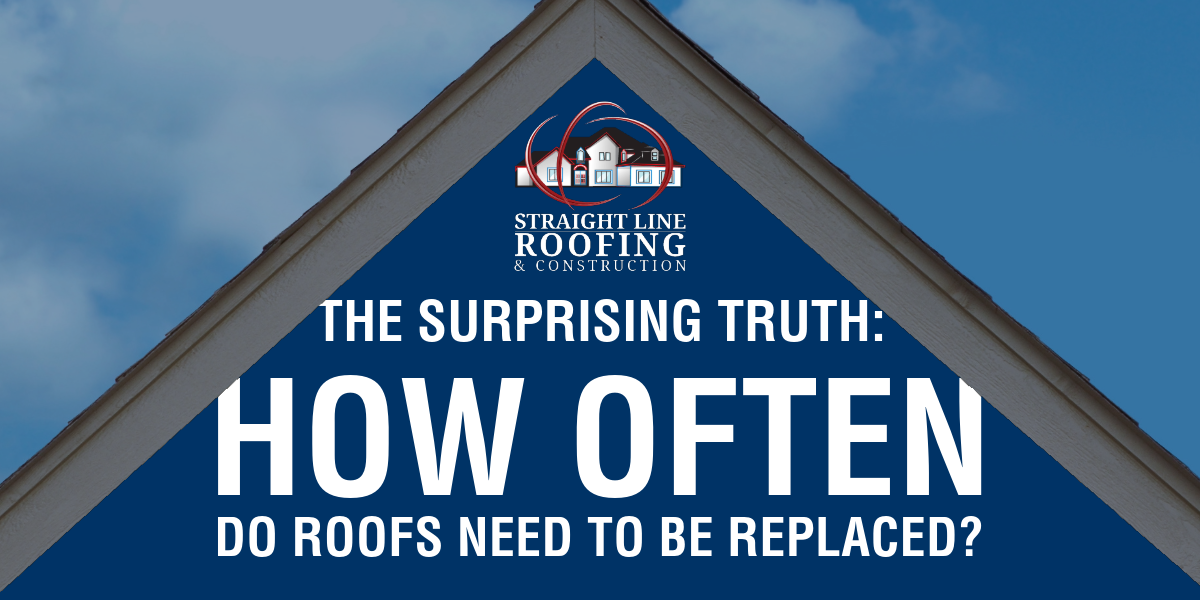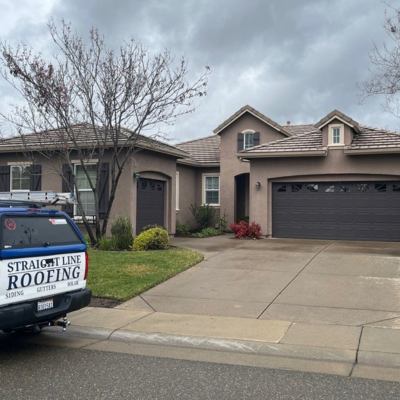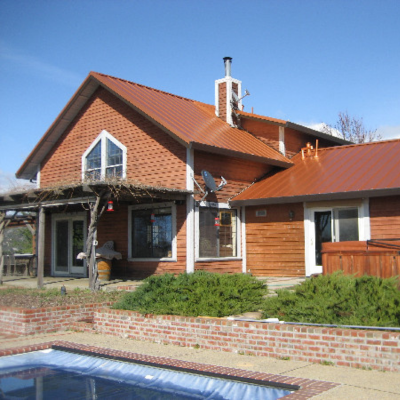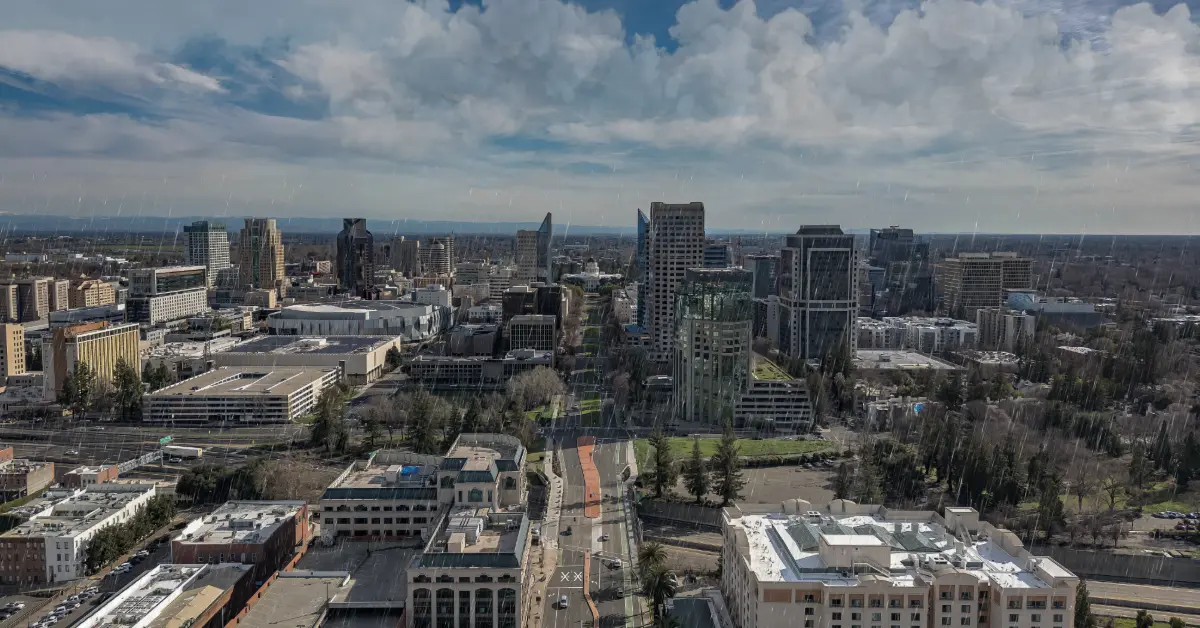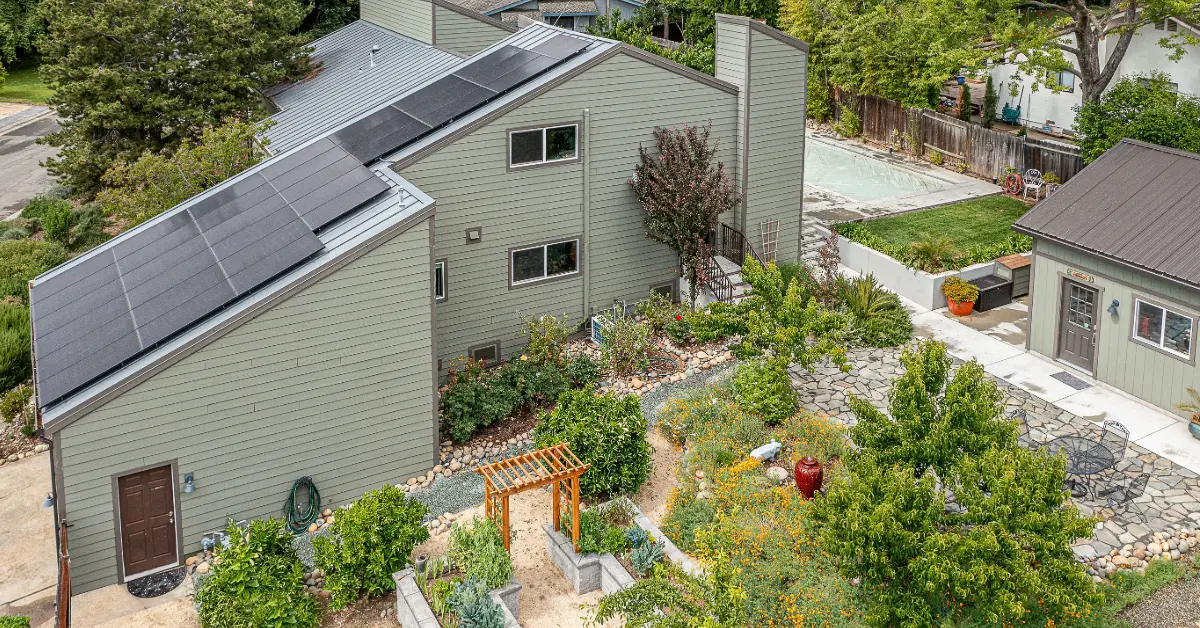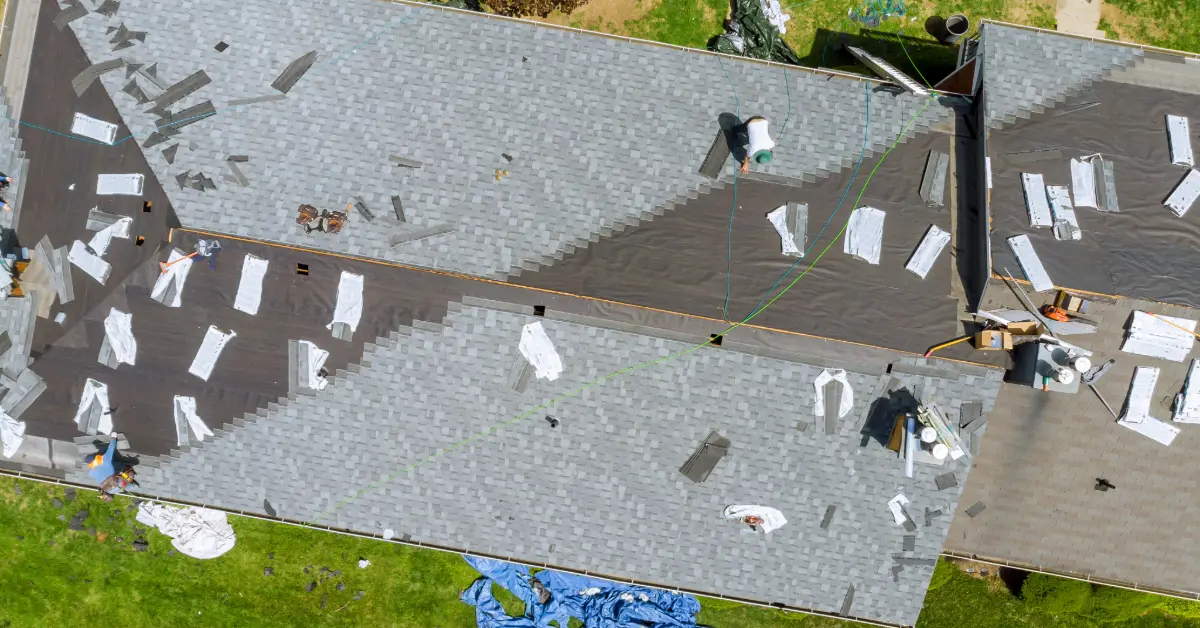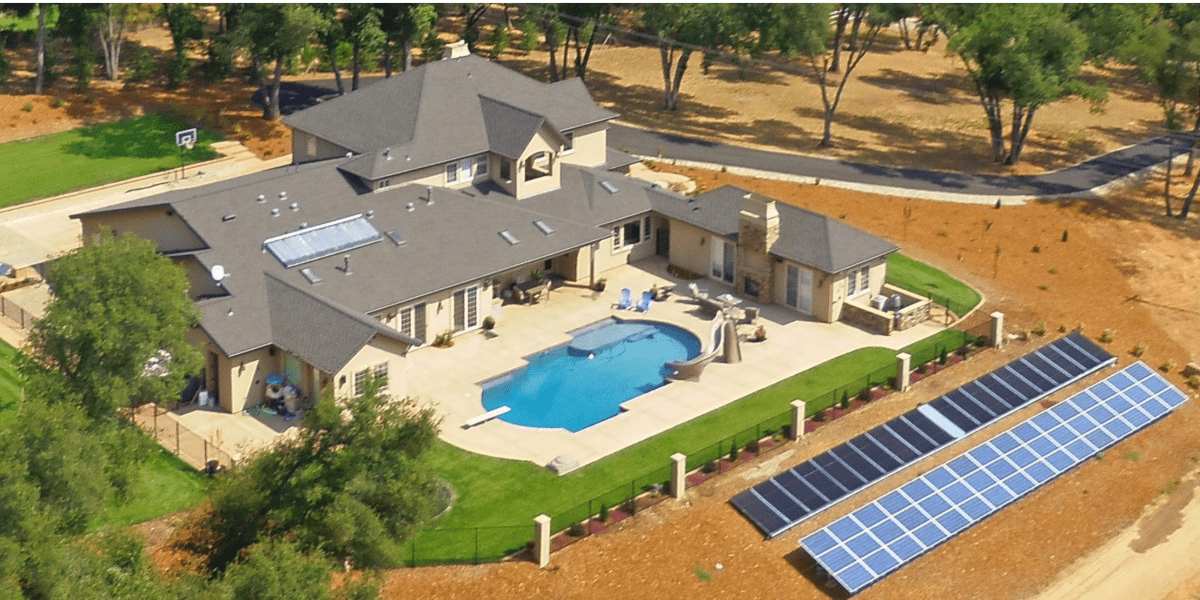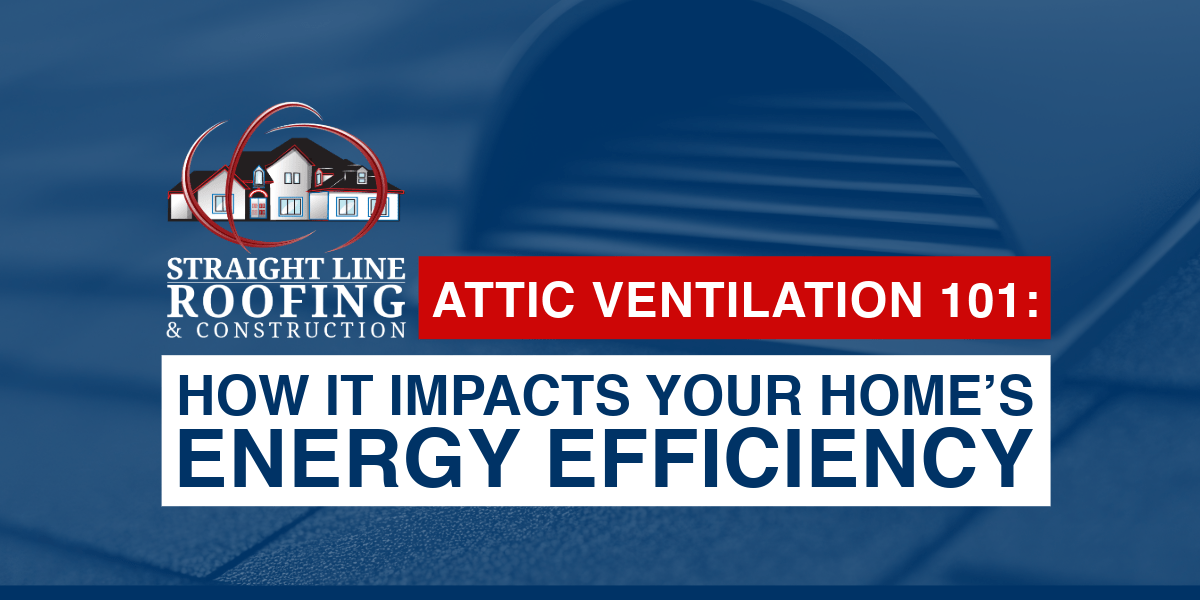Roofs play a critical role in protecting us and our homes from the elements, but have you ever wondered how often roofs actually need to be replaced? It’s a question that every homeowner ponders, yet the answer can be shrouded in ambiguity. In this article, we delve deeply into the world of roofs and uncover the surprising truth behind their lifespan. Buckle up as we explore the factors determining how frequently roofs should be replaced and provide expert insights that may change your perception of this essential aspect of homeownership.
Factors That Influence Roof Longevity
Because every house & every homeowner is different, no discussion of roof longevity would be complete without considering the circumstances under which the roofing material will be used. Several factors influence roof longevity, including:
Material:
The type of material used for the roof plays a substantial role in its lifespan. For example, asphalt shingle roofs usually last 20 to 30 years, while metal roofs generally last 80 years. Each roofing material has its own durability and maintenance requirements that determine longevity, but there are gradations of quality even within that particular material choice. Selecting the highest quality option within your material will give you a roof with a longer, useful life.
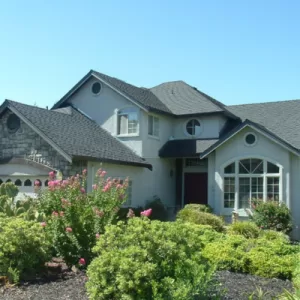 Asphalt Shingles
Asphalt Shingles
When it comes to asphalt roofs, their lifespan varies depending on the standard of the shingles used. Economical asphalt shingles, typically found at lower prices, have a shorter lifespan than their higher-quality counterparts. On average, economical asphalt shingles may last around 15-20 years before they require replacement.
In contrast, high-quality asphalt shingles, such as those made by Owens Corning, offer a significant increase in durability and longevity. These shingles are constructed with superior materials and advanced technology to withstand the test of time. Owens Corning architectural shingles can last 25 to 35 years or more, depending on proper installation, maintenance, and local climate conditions. While they may come at a higher initial cost, the extended lifespan and enhanced protection they provide can make them a worthwhile investment in the long run.
Tile Roofs
Tile roofs have an excellent reputation because of their exceptional longevity and durability. Varieties such as clay and concrete tiles are reported to have expected life spans ranging from 50 to 100 years, while slate tiles have the potential to last up to 150 years or even longer, provided proper maintenance is carried out and high-quality tiles are used. Overall, tile roofs are an excellent option for those seeking durability and long-term performance.
Flat Roofs
Flat roofs are usually used on commercial buildings and some residential homes in California. The longevity of a flat roof can vary depending on the material used. For instance, built-up roofs (BUR) typically last around 20 to 30 years, influenced by the quality of the installation and maintenance. Single-ply membranes such as EPDM or TPO can last 25 to 30 years.
Metal Roofs
Standing seam metal roofs offer outstanding longevity. According to the Roofers Guild, when properly installed, a standing seam metal roof can last 75 years or even longer when installed and maintained correctly. This makes them a durable and long-lasting roofing option, providing decades of home protection.
Installation Quality:
Correct and precise installation is critical for the long-term performance of a roof. Poor installation will lead to premature deterioration and reduced lifespan. Hiring a reputable and experienced roofing contractor is essential for maximizing roof longevity.
Maintenance: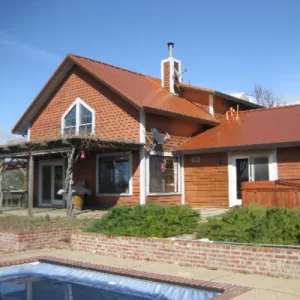
Routine inspections and maintenance are crucial to extending a roof’s lifespan. Addressing any issues promptly, such as leaks or damaged shingles, can prevent further damage and ensure the roof functions optimally for a more extended period.
Climate:
Weather conditions and climate can impact roof longevity. Extreme heat, cold temperatures, high winds, and excessive rainfall can all contribute to roof wear and tear. Roofs in hot climates may age faster than those in colder climates. Those in areas prone to high winds will age more quickly than those in calm, temperate regions. Ask a local roofing contractor for recommendations based on your unique climate.
Proper Ventilation:
Adequate ventilation helps regulate temperature and moisture levels in the attic. Proper ventilation prevents the accumulation of heat and moisture that can damage the roof and shorten its lifespan.
Adequate Insulation:
Insulation can have a positive impact on roof longevity. Regulating the temperature inside the attic is influenced by proper insulation, preventing excessive heat buildup during hot seasons and reducing heat loss during the colder months. There is less stress on the roof when the temperature in the attic is consistent. It minimizes thermal expansion and contraction, which can lead to premature deterioration and shorten the roof’s lifespan.
The Role of Timely Repairs for Roof Longevity
Timely repairs are crucial for extending the useful life of a roof. Neglecting minor issues can lead to significant complications that could shorten the roof’s lifespan and compromise its structural integrity. Here are key reasons why timely repairs can help lengthen the useful life of a roof:
- Prevention of Water Damage: Even damaged shingles or small leaks can allow water to penetrate the roof structure, leading to water damage, mold growth, and rot. Timely repairs can prevent water infiltration and structural damage.
- Preventing Structural Damage: Addressing issues promptly can help prevent further damage to the roof structure. Minor problems, if disregarded, can escalate into extensive damage that will require premature roof replacement or other costly repairs.
- Maintaining Energy Efficiency: Maintenance and timely repairs help maintain energy efficiency by preventing air leaks and heat loss. Proper insulation and sealing of gaps contribute to a more energy-efficient home, reducing the strain on HVAC systems and increasing the overall longevity of the roof.
- Preserving Roofing Materials: Taking care of minor issues promptly can help preserve the roofing materials and prevent premature deterioration. Regular inspections and repairs can extend the lifespan of the roof and protect its aesthetic appeal.
- Enhancing Longevity: By addressing problems early on, you can prevent them from worsening and causing more significant issues that could shorten the useful life of the roof. Timely repairs and proactive maintenance can help maximize the lifespan of the roof and ensure its durability over the long term.
Overall, investing in timely roof repairs and conducting regular maintenance can help protect your roof, preserve its integrity, and extend its useful life. It is recommended that routine inspections be scheduled and any issues promptly addressed to prevent minor problems from turning into major concerns.
Call Straight Line Roofing & Construction
Understanding the expected lifespan of your roof and the factors that influence it is essential for ensuring your home’s long-term protection and integrity. Whether your roof requires repairs, maintenance, or replacement, Straight Line Roofing & Construction is your trusted partner in the Sacramento area. Our experienced and knowledgeable professionals are dedicated to providing high-quality, reliable roofing solutions to meet your needs.
From timely repairs to complete roof replacements, Straight Line Roofing & Construction is committed to maximizing the longevity of your roof and providing you with peace of mind. Discover how we can help safeguard your home with durable, long-lasting roofing solutions by scheduling a consultation. Contact Straight Line Roofing & Construction today.

